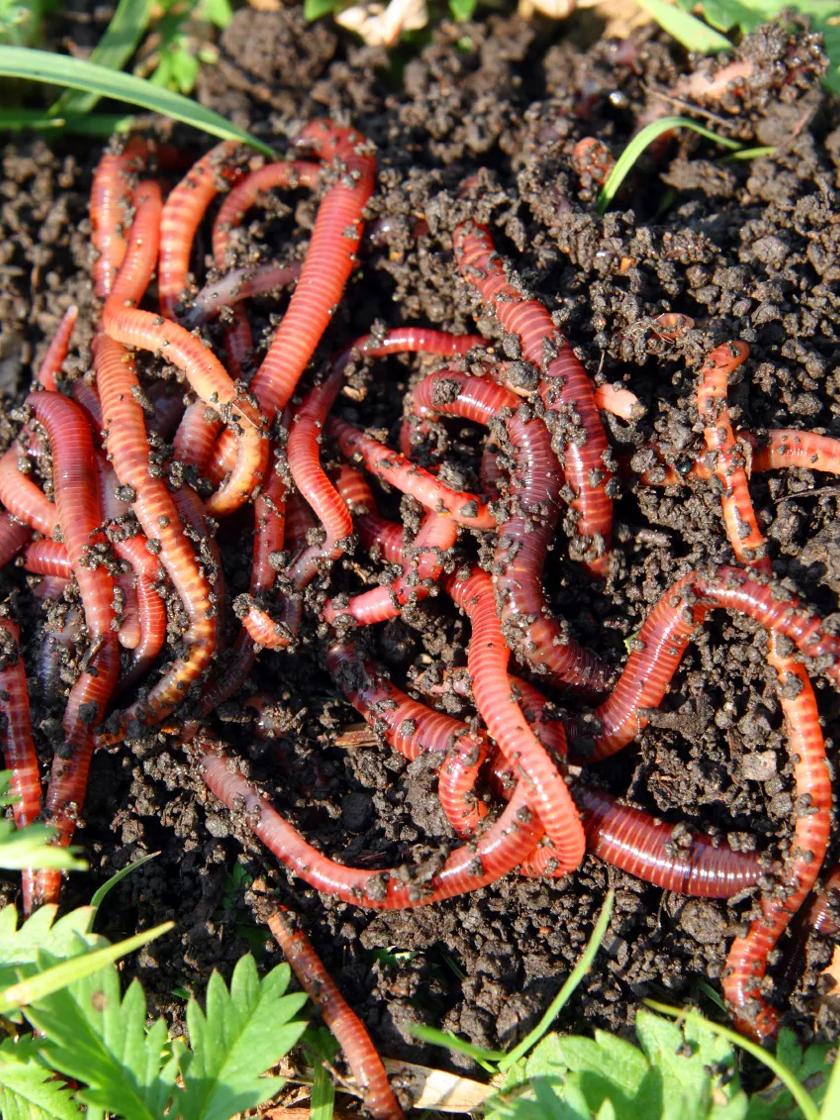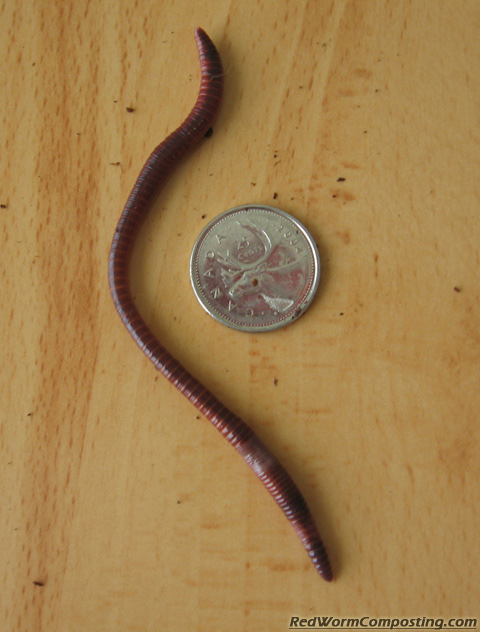Red Wiggler Express: Providing Anglers with Top-Notch Worms
Red Wiggler Express: Providing Anglers with Top-Notch Worms
Blog Article
Unlock the Tricks of Red Wigglers: Your Overview to Composting Success
The integration of red wigglers right into composting methods presents a substantial opportunity for improving soil health and wellness and promoting sustainability. Understanding their needs and actions is important for enhancing their potential, from setting up an ideal worm container to feeding them the appropriate products.

What Are Red Wigglers?
(Lake Hickory Bait)Red wigglers, scientifically called Eisenia fetida, are a species of earthworm mostly utilized in composting as a result of their exceptional capability to disintegrate raw material effectively. These worms are characterized by their reddish-brown coloration and a segmented body, usually gauging in between 3 to 4 inches in length. Unlike other earthworm varieties, red wigglers grow in rich, natural environments, making them optimal for vermicomposting systems.
Native to The United States And copyright, they are usually found in rotting fallen leaves and compost heap, where they play a vital function in nutrient recycling. Their adjustment to living in a damp, aerobic setting allows them to eat huge amounts of natural waste, simplifying right into nutrient-rich castings that boost soil health and wellness.
Red wigglers replicate swiftly, with a single worm with the ability of generating several cocoons weekly, each including multiple hatchlings. This rapid reproduction price adds to their efficiency in composting procedures. They favor temperature levels in between 60 ° F and 80 ° F, and their activity level raises significantly within this range, further aiding in the disintegration process. Comprehending the biology and behavior of red wigglers is vital for maximizing their possibility in composting applications.
Advantages of Using Red Wigglers
Utilizing the power of red wigglers in composting offers many benefits that enhance soil wellness and advertise lasting waste management. These impressive organisms successfully break down natural matter, changing kitchen area scraps and backyard waste right into nutrient-rich vermicompost. This finished product is remarkably beneficial for plant development, as it improves soil structure, increases moisture retention, and boosts nutrient availability.

(Red Wiggler Express)Furthermore, the existence of red wigglers in your composting system can accelerate the composting process, creating high-grade compost in a portion of the time contrasted to traditional methods. The castings produced by these worms are additionally teeming with advantageous bacteria that even more improve the dirt ecological community.
Setting Up Your Worm Container
Producing an efficient worm bin is a straightforward process that can significantly improve your composting efforts. Worm bins can be made from plastic storage space containers, wood boxes, or readily offered worm bins.
Next, Red Wiggler Express prepare the bedding material, which serves as the worms' environment. A mix of shredded paper, cardboard, and coconut coir functions well, providing a comfortable atmosphere for the worms.

Feeding Your Red Wigglers
To make sure the health and wellness and productivity of your red wigglers, it is important to give them with a balanced diet that fulfills their dietary demands. Red wigglers thrive on a diverse variety of organic products, which not just supply necessary nutrients but also promote reliable composting.
Start by integrating kitchen area scraps such as vegetable peels, fruit cores, and coffee grounds. Stay clear of citrus fruits, onions, and garlic, as these can be detrimental to worm health and wellness. Additionally, introduce shredded paper, cardboard, and completely dry leaves to develop a well-aerated setting.
Feeding regularity need to be monitored; normally, worms can take in half their body weight in food weekly. It is essential to stay clear of overfeeding, as excess food can result in unpleasant smells and attract insects. An excellent practice is to include food in tiny quantities, allowing worms to refine it before introducing extra.
Keeping wetness levels is likewise essential; the bed linen needs to be wet but not soaked. Lastly, make certain to frequently inspect the temperature level and pH levels of the container to make sure an ideal atmosphere for your red wigglers, inevitably enhancing their composting effectiveness.
Harvesting and Using Compost
A successful composting process with red wigglers culminates in the abundant, dark compost referred to as vermicompost, which can considerably improve soil health and wellness and plant development. Harvesting this nutrient-dense product commonly happens every 3 to 6 months, depending upon the size of your system and the amount of organic issue being refined.
To gather, gently separate the compost from the worms and any kind of undecomposed products. One effective method entails relocating the contents of the container to one side and adding fresh bedding and food to the vacant space, urging the worms to move. After a few days, the garden compost can be gathered from the opposite side.
It is necessary to utilize vermicompost appropriately to optimize its advantages. It can be used as a leading dressing for garden beds, mixed into potting soil, or made into a nutrient-rich liquid plant food referred to as "worm tea." This application approach assists to provide important nutrients straight to plant origins, promoting healthier development. By including vermicompost right into your gardening program, you not just recycle natural waste however additionally create a successful environment that sustains sustainable horticulture methods.
Verdict
In summary, red wigglers act as outstanding allies in composting initiatives, changing natural waste into nutrient-rich vermicompost (Red Wiggler Express). Their special biological characteristics and reliable waste handling abilities add dramatically to sustainable gardening techniques. By recognizing the ideal conditions for their environment, feeding requirements, and compost harvesting methods, gardeners can improve dirt wellness and promote plant vitality. Embracing vermicomposting not only reduces land fill waste but additionally fosters a more environmentally responsible technique to gardening and resource administration.
Report this page